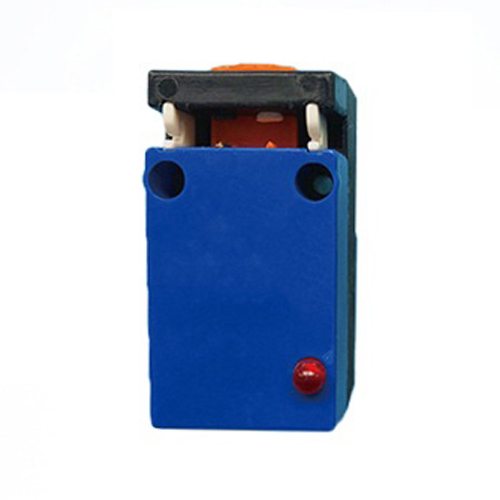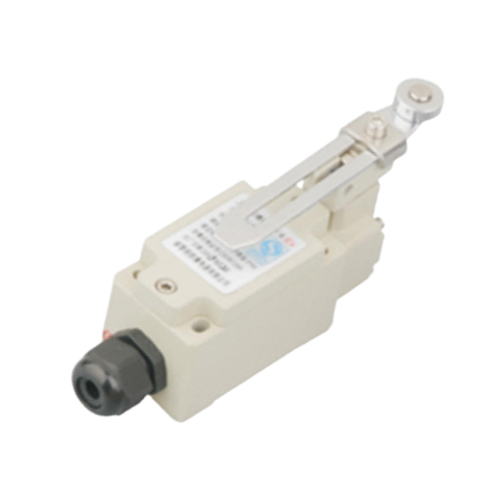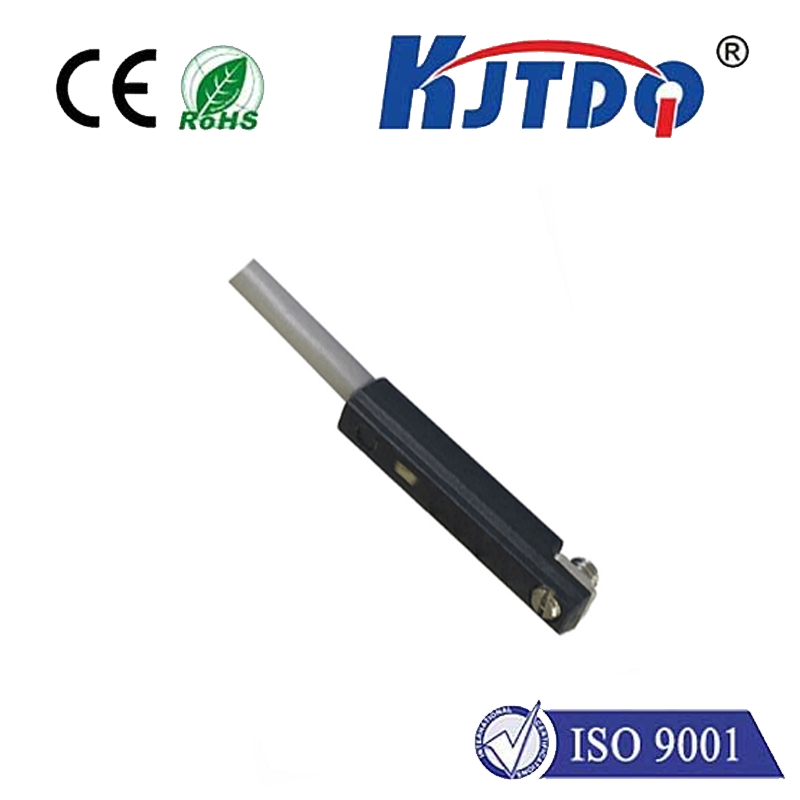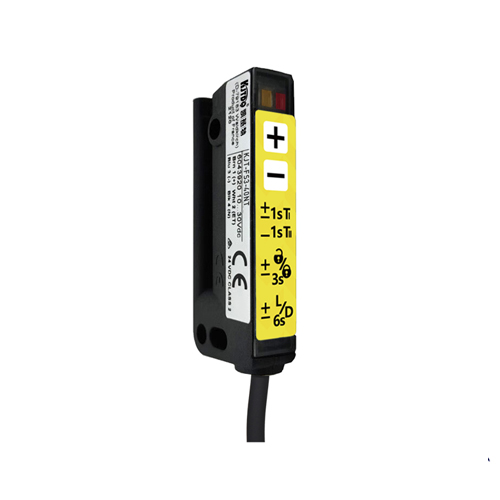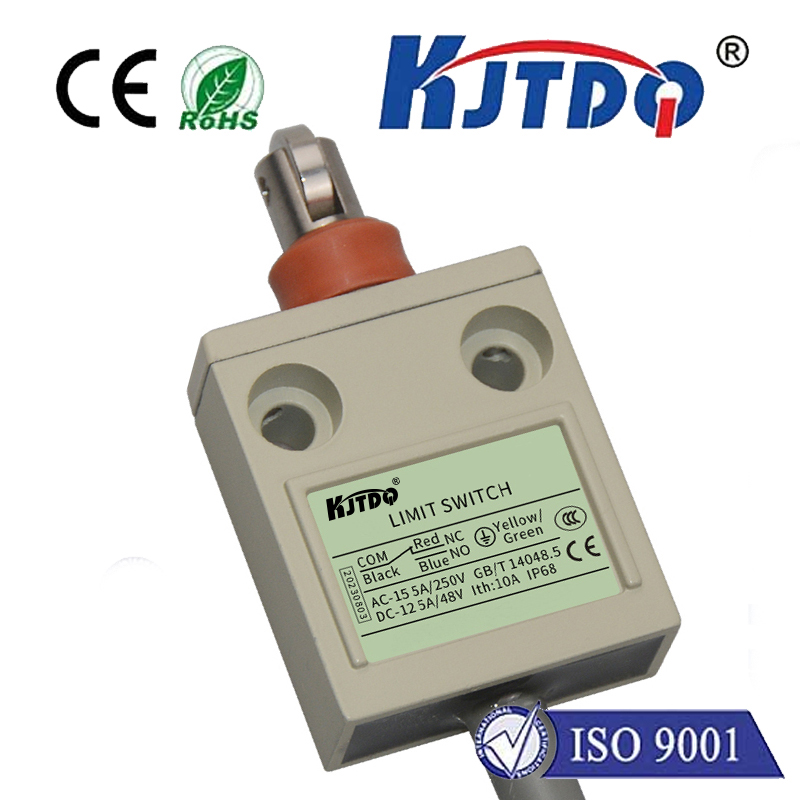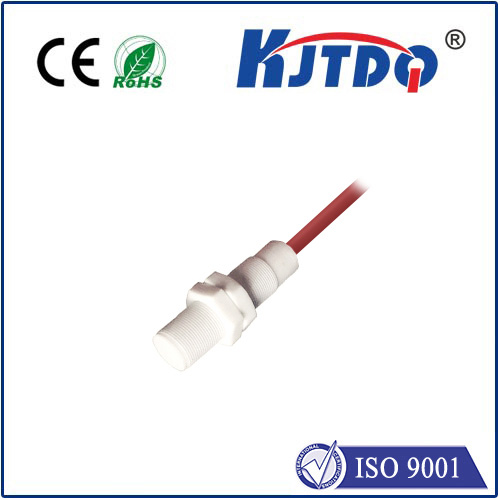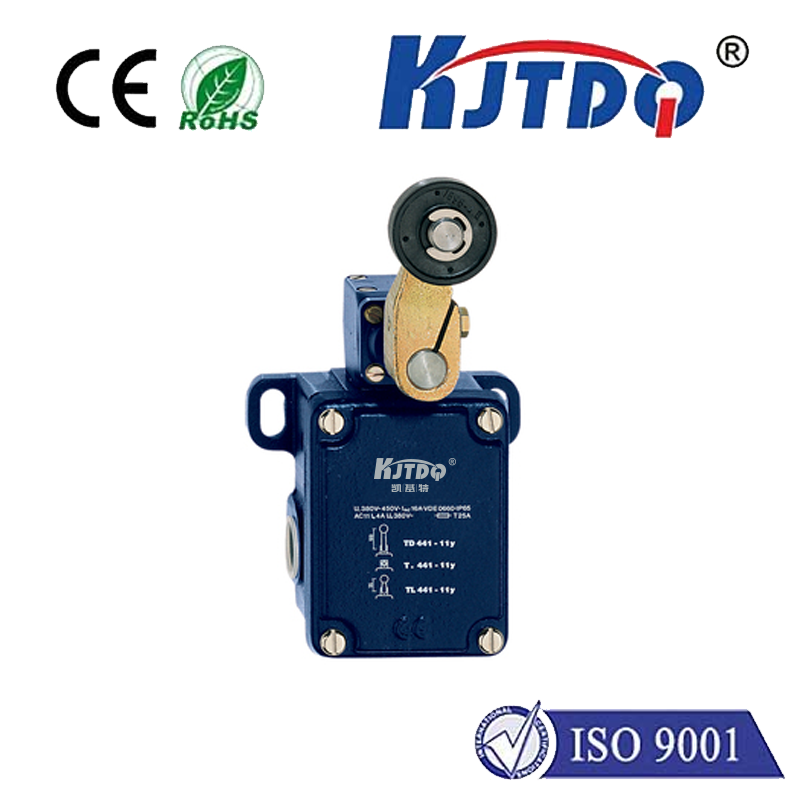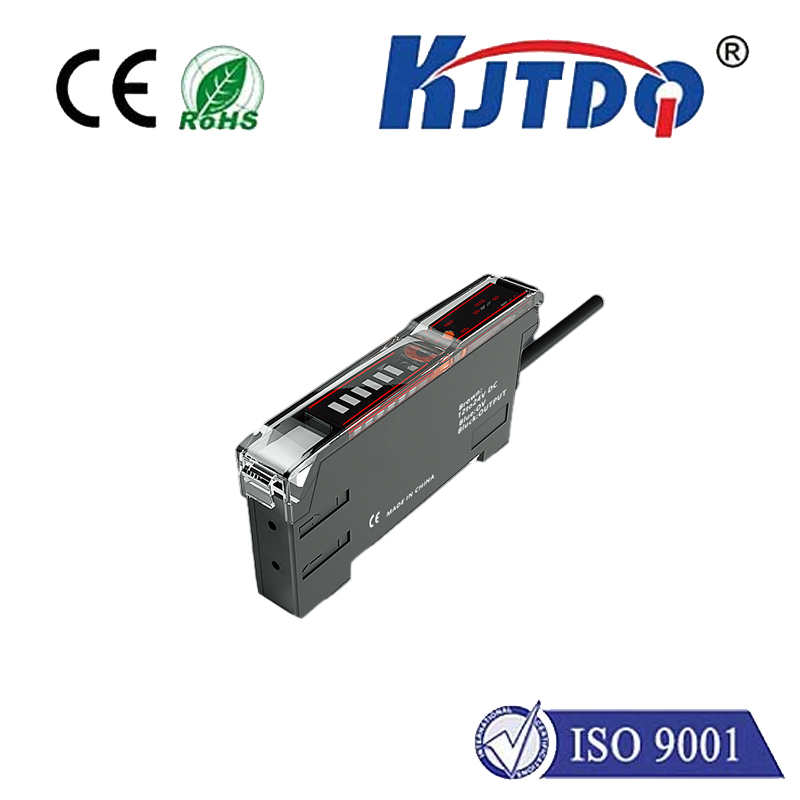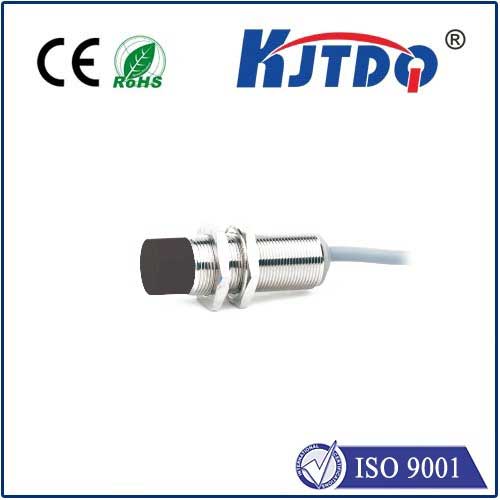

check

check

check

check

check

check

check

check

check

check
That unexpected shiver, a sudden wave of heat, or simply wanting peace of mind – checking your body temperature is often the first step towards understanding your health. For generations, the trusty mercury thermometer held sway, but today, the landscape of body temperature devices is incredibly diverse, precise, and surprisingly sophisticated. Choosing the right tool is no longer just about reading a number; it’s about understanding accuracy, convenience, and how it fits into your health journey.
The Classic Evolution: Mercury to Digital Precision
The iconic mercury thermometer, while familiar, presented significant challenges: breakage hazards, long wait times (typically 3-5 minutes), and difficulty reading the fine column. The digital revolution swept in, offering quicker results (often in seconds), enhanced safety without mercury, ease of reading with clear digital displays, and memory functions to track trends. These became the household standard, utilizing sensors like thermistors to detect electrical resistance changes caused by heat.
Taking It Further: Non-Contact Thermometers
The demand for hygienic, fast, and contactless checks surged, especially in clinical and public settings. Enter infrared thermometers. These ingenious body temperature devices work by detecting the infrared energy naturally emitted by the body.

The Cutting Edge: Smart Wearables & Continuous Monitoring
The frontier of temperature tracking lies in wearable technology. Smart patches, rings (like Oura), and even advanced smartwatches are incorporating sophisticated sensors capable of monitoring body temperature trends continuously or at frequent intervals.
Choosing Your Ideal Body Temperature Device: Key Considerations
Selecting the right thermometer depends on your specific needs:
Maximizing Accurate Readings: Essential Practices
No matter the type of body temperature device, technique matters:
Understanding the Numbers: What’s “Normal”?
While the classic 98.6°F (37°C) is ingrained in our minds, normal body temperature is actually a range and varies throughout the day and between individuals. A typical healthy range is often cited as 97°F (36.1°C) to 99°F (37.2°C), with temperatures generally lower in the morning and rising slightly in the late afternoon or evening. Factors like age, activity level, menstrual cycle, and individual physiology influence this.
Fever is generally defined as a temperature elevation above an individual’s normal baseline, typically considered as:
Beyond Diagnosis: The Power of Monitoring
Modern body temperature devices offer far more than just confirming a fever. Continuous wearables empower you with data about your unique physiology – spotting early trends towards illness, optimizing workout recovery, understanding sleep patterns, or supporting fertility goals. Accurate digital thermometers remain vital tools for prompt assessment when illness strikes. Knowing your baseline and recognizing significant deviations allows for earlier intervention and more informed conversations with healthcare providers. The humble act of taking a temperature has transformed into a sophisticated window into our ongoing health and wellness.
